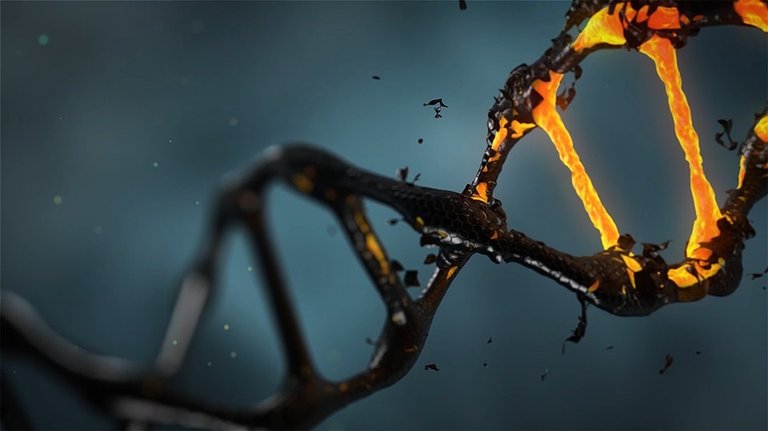The nanopore DNA reader MinION is so small you can have it easily in your hand. And now scientists used it to read the whole human genome. This brings personalized medicine and routine genome scans something to come in the near future.

Source: Max Pixel CC0
To say that biotechnologies are being developed at a fast rate would be an understatement. This is hurricane sweeping through the field changing it almost every single day. And while many people don’t see it yet, the future is here! We have the gene editor CRISPR that allows us to rewrite DNA in living cells. And now we have a genome reading that is the same size as your smartphone and can quickly read the full human DNA. And the DNA of other organisms of course. Do you understand how many options this brings to the table? Just read some bio-punk book to get the idea.
This incredible breakthrough in DNA technologies has been brought by Matthew Loose and his team from the University of Nottingham. Well, they just took MinION, a pocket nanopore sequence reader from the British Oxford Nanopore Technologies, and read the human genome. In this case they read the model genome of the GM12878 Utah/Cepth cell line. It has been just a few years since many experts started to believe that a pocket sequence reader will be even capable of reading anything. These days, MinION has many success behind itself, including unique experiments in orbit. And the successful reading of human DNA just proves how cool these pocket genome readers really are.

MinION and Kate Rubins on the ISS - **Source: Wikimedia Commons
The scientists read over 90 Gb of sequence data. At the same time they developed a new protocol thanks to which MinION is capable of reading ultrolong DNA pieces, up to almost 900 thousand bases. And thanks to these ultrolong pieces it was possible to assemble some of the complex parts of human DNA. The scientists says that assembling read sequences into a genome is like solving a really hard puzzle. But if you read big sequences it more like solving a puzzle with big parts – it’s easier. Their reading accuracy was more than 99.8 percent.
Many of us may one day live in a world where reading of the genome will be a normal procedure in a hospital. This brings the prospects of completely personalized medicine, where patients will be treated with antibiotics, antivirals and many other drugs in that will work best exactly for them.
Sources:
This is really cool!
Not only could this be used for personalized medicine, but this could revolutionize research into genetic diseases. If it becomes easy to scan the entire human genome, isolating variances in codon regularities could potentially give us leaps in discovering how they cause disease.